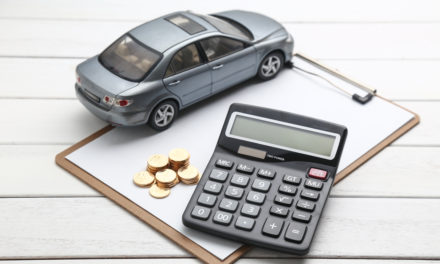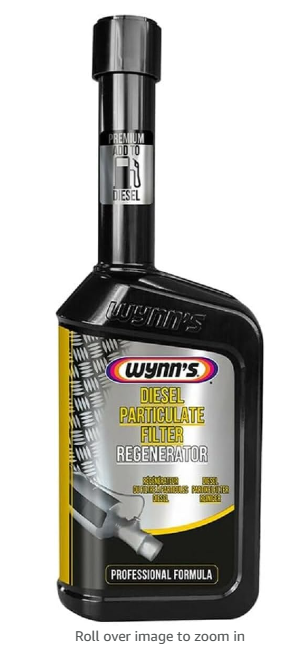Besides buying a house, buying a car is one of the major financial decisions most people make in their lives. The car market is always shifting, with car prices and availability changing all the time. To avoid unnecessary turmoil, it is important to do your due diligence and ensure you get the best deal for the amount you would like to spend. Navigating the car purchasing landscape can be challenging, so we have provided a step-by-step guide to help make things easier.
Know The Type of Car You Need
Many people make the mistake of purchasing a car depending on the popularity of a specific make or model, based on how the car looks or by relying on the advice of family and friends. These points of feedback are important, but you need to remember that you will own, drive, and live with the car and therefore you need one that is right for you.
Start by listing the most important attributes you want in the car. Some people might want adequate seating for a larger family, some may value the infotainment system, some the legroom in the back, while some might want a utility vehicle they can take to the countryside on the weekends.
Some general considerations to think about include reliability, cargo space, size (because you want the car to fit in your garage or driveway), and safety, especially if you have a family.
Find Financing
Now that you have a general idea of the car you would like to buy, consider whether you want to buy a new car or a used one. A new car gives you peace of mind in knowing it will not require a lot of maintenance and might be covered by a warranty. However, a new car is a lot more expensive than a used one and will depreciate a lot faster.
A used car is a lot more affordable and will depreciate slower. However, depending on the previous owner(s) and its history, it might require more frequent repairs and maintenance. Some unscrupulous dealers might also hide some of the issues a car has to complete sales quickly.
Whether you are buying new or used, you will have an idea about how much the car is going to cost and how much you will spend on it. Find fencing that allows you to borrow just enough and not more than you need. The key is getting financing with monthly payments you can afford.
While you can do extensive research to find the right financing with a reasonable interest rate, using a comparison website will make the process much faster and easier. You can use platforms like Quotezone to compare car finance options offered by multiple lenders simultaneously. When you search car finance deals on Quotezone, you are guaranteed the best available rates from these lenders.
Take Your Time and Negotiate
You now have the car or cars you would like to buy in mind and know what financing option you can get, it is time to start the search. Start by going to online dealerships to look at the options they offer and any dealership incentives that might apply.
It is important that you take your time here and do not rush into buying the first car you see. Check at least three dealerships and be patient when doing your research. Once you are sure about your choice, you can get in touch with the dealer to start the process.
When talking to a dealer, do not be pressured and do not be afraid to negotiate. Do not allow a dealer to pressure you into completing a purchase or a deal because this type of pressure is typically an indication of something you do not know.
Second, always negotiate for a better price. Negotiating might not lead to significant savings when buying a new car, but it might when buying a used one. Remain firm in your offer and what you know the car is worth from all the research you have done.
Determine How Much To Pay
Although you might have a number in mind from when you compared car finance deals, it is still a good idea to consider how much you can pay and re-evaluate.
When financing the car, you can do the re-evaluation on the comparison platform you used earlier since you now have actual numbers to work with
Ensure you end up with an amount you can afford and monthly repayments that do not last too long. 36 to 48 months work best, but many lenders will allow you to repay within 72 months.
Conclusion
You can significantly simplify the process of buying a car when you follow the steps above. Once you do all the above, do not forget to take the car for a test drive and check its accident history if you are buying a used one, to avoid headaches in the future.






